

Rulers let you capture the size of things around you, from the length of your pencil to the width of your notebook!

Author
Michelle Griczika
Published
Nov 8, 2023


Rulers let you capture the size of things around you, from the length of your pencil to the width of your notebook!

Author
Michelle Griczika
Published
Nov 8, 2023


Rulers let you capture the size of things around you, from the length of your pencil to the width of your notebook!

Author
Michelle Griczika
Published
Nov 8, 2023


Key takeaways
Table of contents
Imagine trying to fit your favourite toy into a box or deciding where to place your books on a shelf. When we need to get those measurements just right, we turn to our trusty ruler! From school projects to fun DIYs at home, rulers help make sure everything fits perfectly.
A ruler might appear as an everyday tool, but there’s more to it than meets the eye!
A ruler serves the purpose of measuring things. Whether you’re using ruler measurements while checking the dimensions of your latest poster or determining the length of a sticker for your notebook, rulers are your reliable companions for accurate sizing.
Did you know that rulers have a rich history? Even in ancient times, people used measurements on a ruler, using specially crafted rulers made from materials like ivory, wood, and even metal.
Jump to the present day, and we have rulers fashioned from plastic, wood, and metal, all thoughtfully marked to ensure precise measurements.
Rulers come in different kinds, each designed for specific measuring jobs:
Unlock unlimited maths questions
Put your skills to the test with fun exercises + maths games that are proven to boost ability!
Try DoodleMaths for free!
Select a year group
An inch ruler has 12 lines for inches. Each inch is divided into smaller marks, making it simpler to measure in smaller units. The longer the line, the bigger the measurement.
Just line up the object with the left side of the ruler and note where it ends. That’s your measurement!
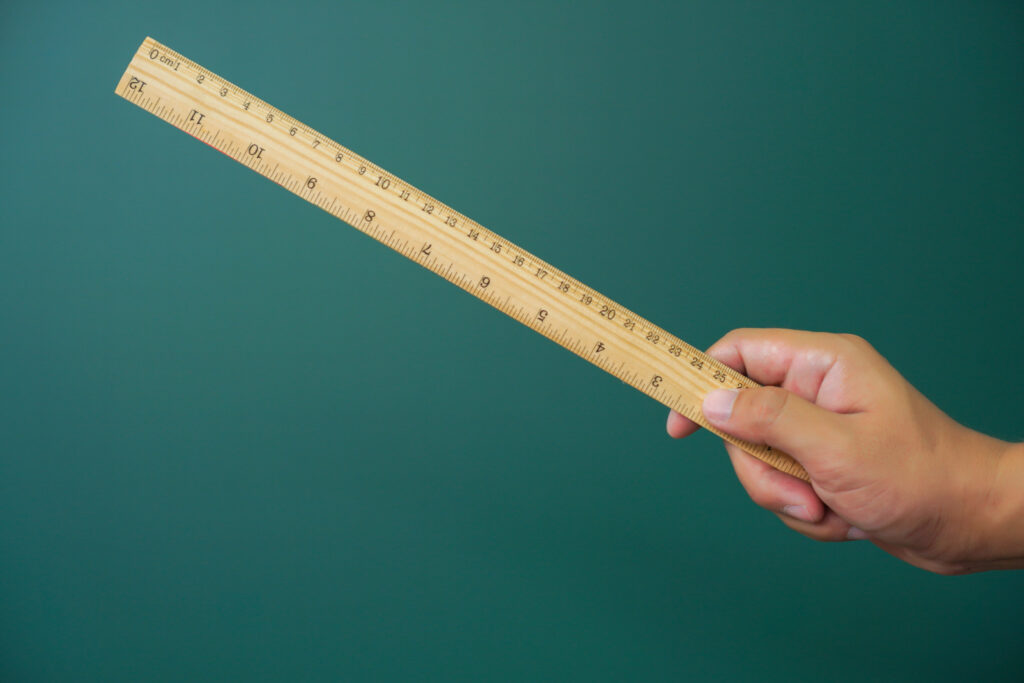
Reading an inch ruler is simpler than it looks. Here’s a quick guide:
Identify your inch ruler: Look for the one with 12 lines representing inches.
Understand the basics: Each inch is divided into 16 parts, with lines getting shorter as the measurement decreases.
Read from left to right: Align what you’re measuring with the left side of the zero mark.
Learn the inch marks: The longest lines on a ruler represent inches, like the large number 5 for 5 inches.
This ruler uses centimeters and millimeters. It’s divided into 10 millimeters for each centimeter. Like the inch ruler, line up your object’s left side with the ruler’s zero mark. The left end of the object gives you the measurement in centimeters.
Understanding a metric ruler, also known as a centimeter ruler, is straightforward:
See more examples with our maths help app for more practice on measuring with rulers.
Meet DoodleMaths, the award-wining maths app that’s proven to double a child’s rate of progression with just 10 minutes of use a day!
Filled with fun, interactive questions covering the whole curriculum, it creates each child a unique work programme tailored to their needs, boosting their confidence and skills in the subject. Try it for free today!


The answers to these questions will depend on the size of the device you’re using, so please ask a parent or teacher for the answers!
Using an inch ruler, measure the apple
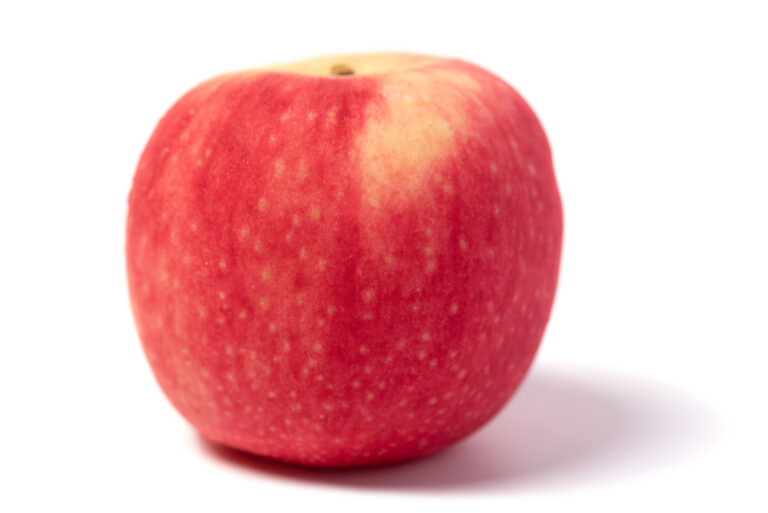
Using an inch ruler, measure the pencil
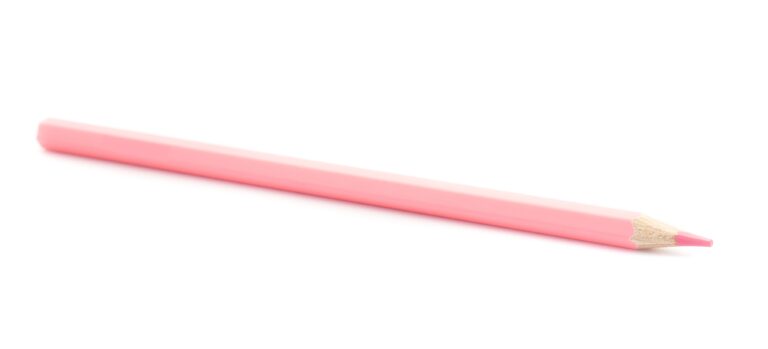
Using an metric ruler, measure the book’s width
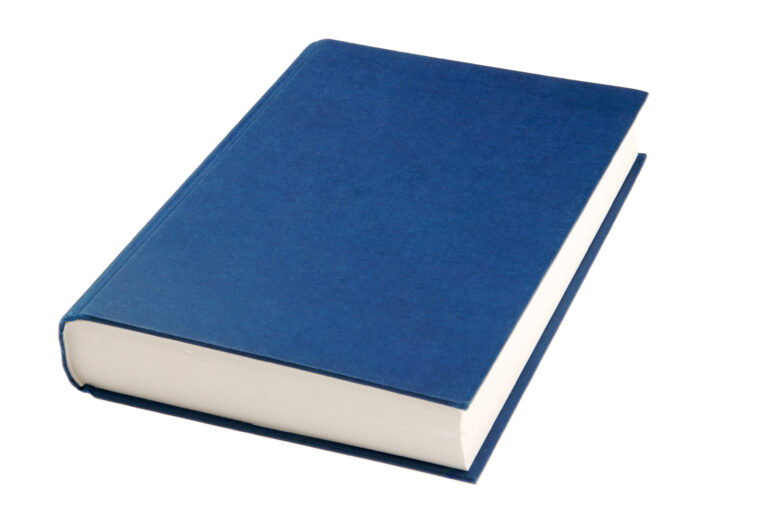
Using a metric ruler, measure the flower’s height
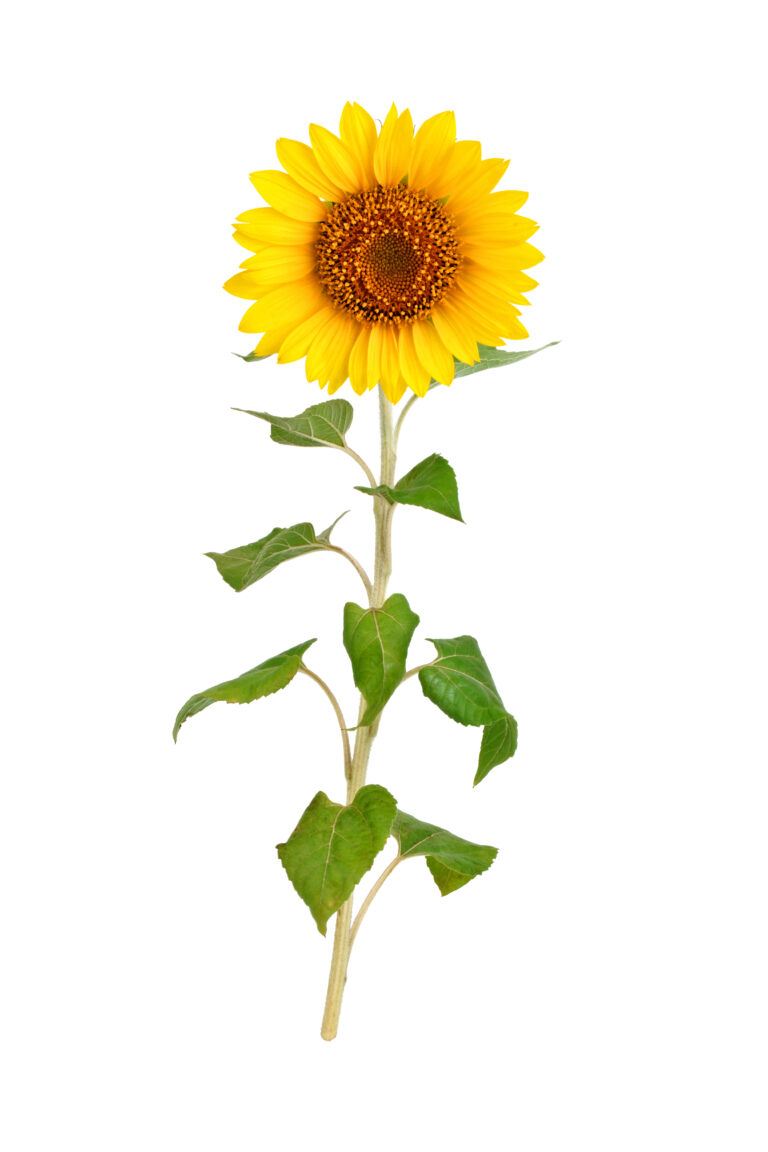
A ruler typically measures length. It can be in either inches or centimeters, depending on the type of ruler.
Yes, there are various types of rulers, including inch rulers, metric rulers (centimeter rulers), yardsticks, and tape measures.
A standard ruler typically has 12 inches.
The small marks on a ruler, especially an inch ruler, represent fractions of an inch. They allow for precise measurements and are usually divided into halves, quarters, eighths, and sixteenths of an inch.


Parents, sign up for a DoodleMaths subscription and see your child become a maths wizard!

Lesson credits

Michelle Griczika
Michelle Griczika is a seasoned educator and experienced freelance writer. Her years teaching coupled with her certification in early childhood education lend depth to her understanding of diverse learning stages. Michelle enjoys running in her free time and undertaking home projects.

Michelle Griczika
Michelle Griczika is a seasoned educator and experienced freelance writer. Her years teaching coupled with her certification in early childhood education lend depth to her understanding of diverse learning stages. Michelle enjoys running in her free time and undertaking home projects.
What do AM and PM stand for?
Learn the difference between AM and PM and how important they are
A guide to the KS1 maths curriculum
Discover all the topics children are introduce to in KS1 maths
Book a chat with our team
If you’d like to use Doodle’s browser version, please visit this page on a desktop.
To log in to Doodle on this device, you can do so through our apps. You can find out how to download them here: